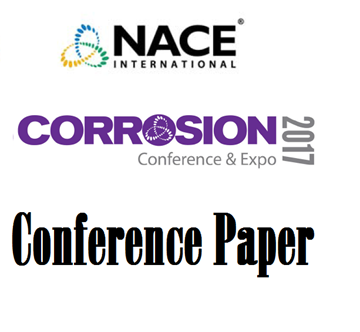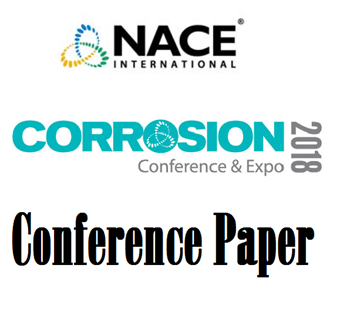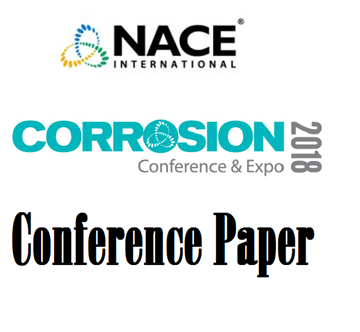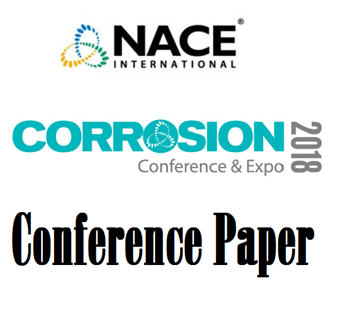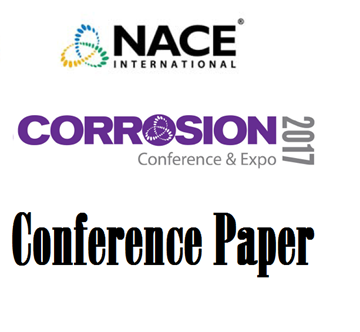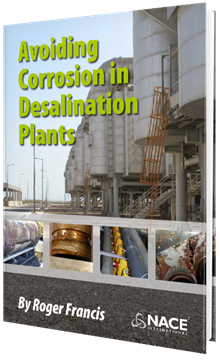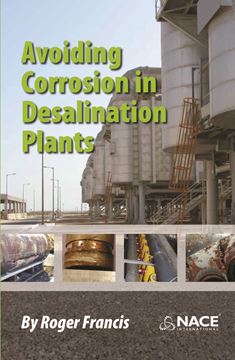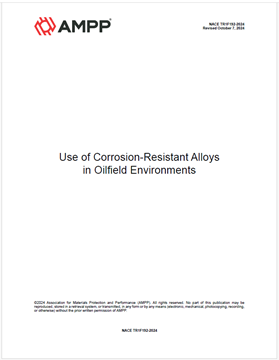Search
Products tagged with 'cra'
View as
Sort by
Display
per page
51317--9749-Corrosion Resistance of Alloys in Calcium Bromide and Calcium Chloride Solutions
Product Number:
51317--9749-SG
ISBN:
9749 2017 CP
Publication Date:
2017
$20.00
51318-10524-Probabilistic Performance Assessment of Bolts Used in Oil and Gas Drilling and Production Systems
Product Number:
51318-10524-SG
Publication Date:
2018
$20.00
51318-10810-Nickel-based Alloy UNS N06845 with Superior Localized Corrosion Resistance for Sour Environment
Product Number:
51318-10810-SG
Publication Date:
2018
$20.00
51318-11557-Failure Analysis of Gas Separator Cooler Tube Leak during service after passing Inspection test duri
Product Number:
51318-11557-SG
Publication Date:
2018
$20.00
A Study on the Microstructure Mechanical Properties and Corrosion Resistance of Centrifugally Cast Heavy Wall Thickness Low Carbon 46Ni-35Cr-9Mo Alloy
Product Number:
51317--9349-SG
ISBN:
9349 2017 CP
Publication Date:
2017
$20.00
Corrosion of Candidate BoP Alloys for the Hydrogen Side in Alkaline Water Electrolysis
Product Number:
51324-21036-SG
Publication Date:
2024
$40.00
Corrosion testing of CRA in simulated CO2 injection well environments
Product Number:
51323-18993-SG
Publication Date:
2023
$20.00
Effect of Heat Treatment and Manufacturing Method on the Susceptibility to Hydrogen Induced Stress Cracking of UNS N06625
Product Number:
51324-20899-SG
Publication Date:
2024
$40.00
High Quality CRA solutions by Electro Slag Process for Austenitic Stainless Steels, 625 & 825 Single & Multiple Layer Solutions
Product Number:
MPWT19-14343
Publication Date:
2019
$0.00
NACE TR1F192-2024, Use of Corrosion-Resistant Alloys in Oilfield Environments
Product Number:
NACE TR1F192-2024
Publication Date:
2024
$109.00
- 1
- 2

